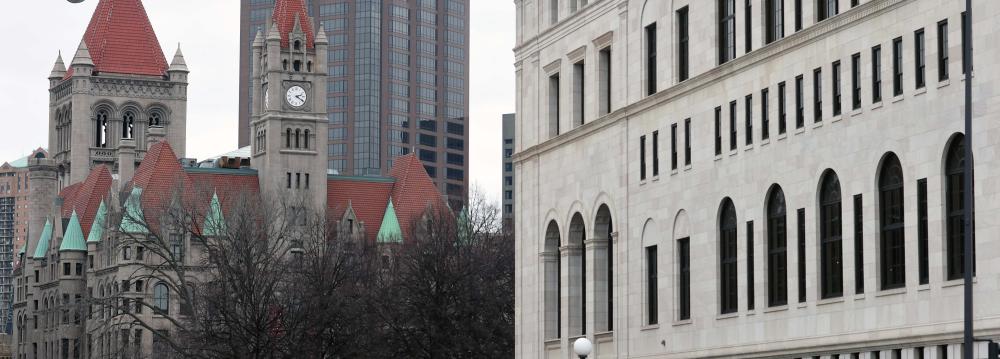Even after years of lean times, big US banks are coming under new pressure to cut costs. But management teams are finding some expenses simply won't budge—like the $1 billion a year it costs Bank of America to shuffle papers around and transport money in armored trucks.
Other stubborn costs—ranging from mailing paper account statements to replacing lost credit cards and repairing broken ATMs—show just how hard it will be for banks to boost earnings in the near-term if interest rates do not rise, Reuters reported.
They also show how long it might take to reach the digital banking revolution that bank executives and consultants speak about optimistically. After years of reducing staff in branches and bragging about technology that allows consumers to bank by smartphone or ATM, JPMorgan Chase & Company recently had to start hiring tellers because of customer complaints.
Top-Line Challenges
Over the past week, the country's four biggest banks—JPMorgan, Bank of America, Wells Fargo & Company and Citigroup—each reported profit declines, ranging from 1% to 19%, because low interest rates put pressure on how much revenue they can produce from lending or investing deposits in “safe” securities like treasury bonds. That top-line challenge has created pressure to cut costs to bolster profits.
At least five analysts prodded Wells Fargo executives about its operating expenses on a conference call last week. Bank of America, whose expenses are higher relative to revenue, avoided some of that scrutiny by saying it would reduce annual expenses by roughly $3.3 billion.
Big banks started announcing multi-billion-dollar expense initiatives in 2011, and some have since expanded them.
Bank executives and consultants say the first wave of cost cuts was straight-forward: layoffs, bonus reductions, curbing employee travel, reducing excess real estate, renegotiating vendor contracts. Some banks have started making employees pay for their own mobile phones and have cut back on perks like free food for those who have to work late.
But as time marches on, it's become increasingly difficult to find fat to trim. Long-suffering shareholders have gotten excited about these initiatives only to find they do not move the needle much. Banks are still struggling to meet targets they set, ranging from net interest margins to efficiency ratios and returns on equity.
High Maintenance Costs
“Near as we can tell, we spend about $1 billion a year just moving cash around in our company,” Bank of America CEO Brian Moynihan said on a conference call earlier this year.
BofA executives describe that cost as a particularly frustrating one. In a world where digital banking is possible, moving paper around should be a thing of the past, they say.
But many customers are resisting the shift, as JPMorgan found out the hard way. The bank had to add branch employees in response to negative customer feedback about long waits.
“We're paying attention to what our customers are telling us about the experience in branches,” JP Morgan CFO Marianne Lake told reporters last week. “We've added some tellers there, and a few bankers.”
Stiff costs go beyond employees. Each lost, stolen or corrupted debit or credit card costs 20 cents to replace, according to A.T. Kearney. Sending out paper checking account statements for one customer costs $9 a year. ATM maintenance runs $165 a month, according to Deloitte. And each new ATM costs $15,000 to $65,000, depending on how sophisticated the technology is, says Diebold, which sells the machines to banks and other businesses.
Those costs may seem insubstantial, but with millions of customers and tens of thousands of ATMs, they add up—even for a bank that produces $6.2 billion in quarterly profit, as JPMorgan did in the second quarter.
Some banks are getting creative to reduce costs.


